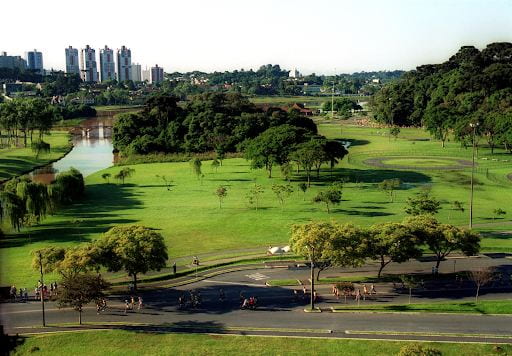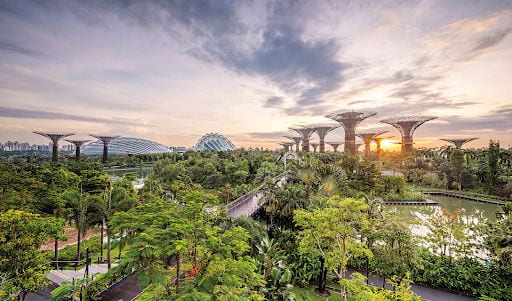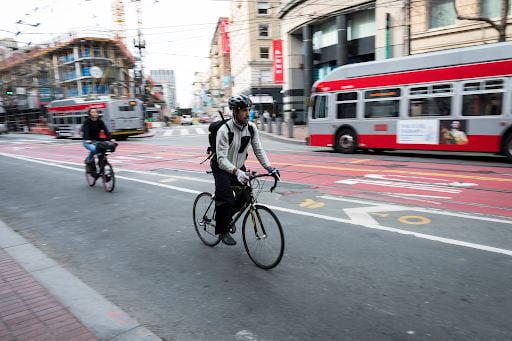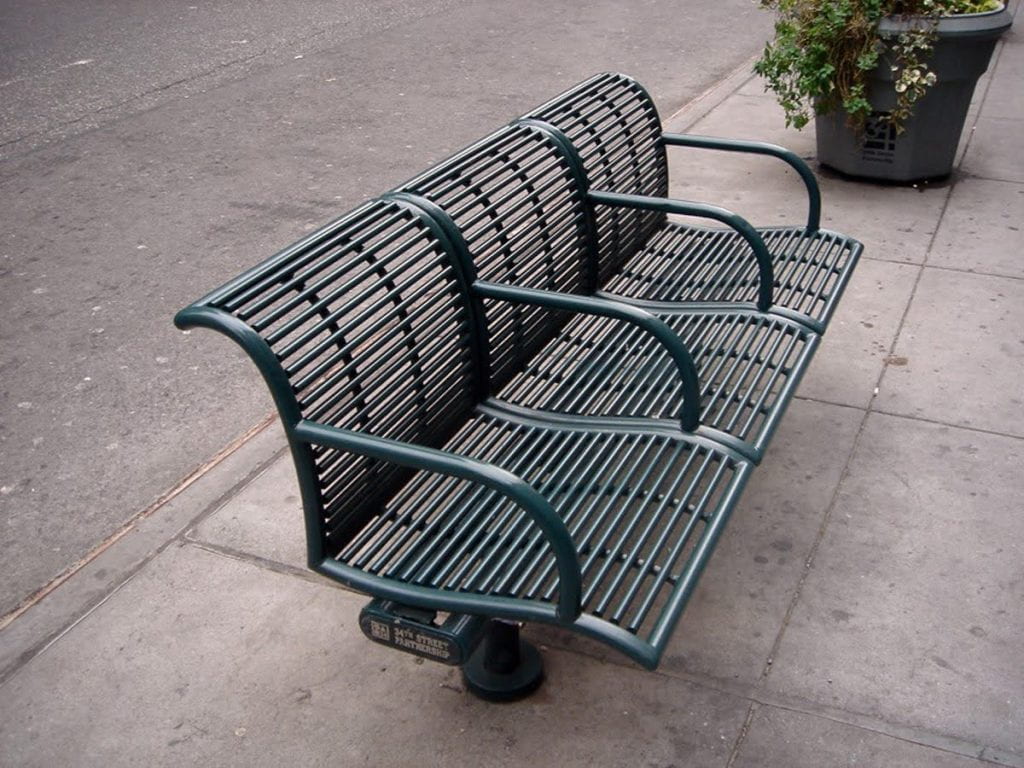The Importance of Sustainable Cities
If you are reading this article, you are more than likely already familiar with the concept of sustainability. Sustainability is popularly defined as meeting the needs of the current generation without compromising the ability for future generations to meet those same needs. Sustainability is, at its core, the ability for a system to maintain itself over time and provide adequately for those in the system throughout that time. Depending on how you examine it, however, it can be far deeper than that. To truly achieve sustainability, we must think about how to implement it in all facets of life. We wish to have a sustainable attitude towards the environment and natural resources, towards our work, towards our infrastructure, and even towards our relationships. Sustainability is more than just a simple definition, it is a way of life that benefits all by examining the interconnectedness of things and how these things can work in a just and equitable manner for all. More and more frequently now, you may have heard talk of sustainable cities. But bearing in mind what it means to be sustainable, how do we go about making cities so? What are the facets of a city that we must reexamine to truly make them fit this goal of sustainability? How can we reimagine cities so that they are better, safer, healthier places to live which directly enrich the lives of those who inhabit them?
According to the United Nations, 68% of the world’s population will live in urban areas by 2050. Thus, the goal of making cities sustainable, areas where the vast majority of the world’s population calls home, is an important one. The United Nations Sustainable Development Goals even include sustainable cities and communities as goal number 11, illustrating their importance to a more sustainable future. A city is, in essence, a system composed of many parts. For a city to be truly sustainable, all of those parts must be sustainable as well. Public transportation should be robust, reliable, and free of fossil fuels. Buildings should be constructed with sustainable materials and incorporate public green spaces. Streets should be walkable and have places to rest and socialize. All citizens should have access to safe and affordable housing, and cities shouldn’t grow at a rate that is destructive to the surrounding natural environment. These are only a few facets of sustainable cities that we hope to achieve. To help further our understanding of what a sustainable city can be, we’ll take a look at some examples.
CURITIBA, BRAZIL

Curitiba is a model for the development of sustainable cities today. Much of the progress made in Curitiba, which transformed it from just another Brazillian city into a global model for sustainability, came from Mayor Jaime Lerner. Lerner, who served as mayor three times from 1971 to 1992. Lerner advanced many innovative ideas in Curitiba’s planning and government which resulted in its current status. Curitiba’s public transportation is an excellent example. Curitiba has a Bus Rapid Transit system which is an evolved version of the current MUNI system here in San Francisco. There is an elevated entrance and exit platform which removes the hassle from boarding and exiting the bus. Bus fares are prepaid so that time is not wasted waiting for people to pay. Buses also have dedicated lanes which makes them faster and more reliable. Finally, the cost of a fare is only about 40 cents, meaning public transit is not cost-prohibitive to anyone. This cost barrier is further removed through Curitiba’s trash-for-tokens system. Curitiba residents are able to redeem collected trash, when sorted correctly, for bus tokens or fresh produce. This serves to beautify the city by removing trash from the streets, ensures the trash is sorted properly, and gives low-income residents access to food and public transportation. All of these factors add up to a public transit program that is utilized by 75% of commuters in the city. Curitiba also has an abundance of green spaces, which add up to 50 square meters of green space per person. This green space is not only aesthetic but serves an important purpose. Green spaces help to mitigate the urban heat island effect, which causes urban areas to be hotter on average due to urban ground cover absorbing more heat than undeveloped land. Furthermore, green spaces in Curitiba also serve as flood management systems. The city is located on the Upper Iguacu River Basin, and before Lerner’s new policies during his mayoral term, would routinely flood Curitiba, causing millions of dollars in damages. To remedy this, Curitiba constructed a park around the river basin, which helps to absorb excess precipitation and catch flood waters so the city is not damaged. This park also serves to refresh the water table, as water can permeate through soil but not concrete. These are only a few examples of the innovations in Curitiba which have transformed it into a model sustainable city.
SINGAPORE

Singapore is another city leading the sustainable revolution. Also dubbed “the garden city,” Singapore is doing everything it can to live up to that name. One of the most drastic policies helping Singapore become sustainable is mandating green construction of all buildings. Since 2008, all buildings must meet a set of minimum specifications imposed by the Building and Construction Authority of Singapore’s Green Mark program. These standards are comparable to the Leadership in Energy and Environmental Design (LEED) program we have here in the United States. Buildings are one of the largest emitters of greenhouse gases in a city, so this mandate is essential in helping Singapore reduce its greenhouse gas emissions. Singapore, like Curitiba, also has innovative, people-focused transportation systems. The city places a cap on the number of residents who are allowed to own a car, keeping the roads clear and vehicle emissions down. To even own a car in the first place, one must bid on a permit that allows car ownership for 10 years. As a result, the rate of car ownership in Singapore is just 11%, while in the US it is a staggering 80%. To compensate for this, Singapore has built a robust public transportation system with the aim of having 80% of households be only a 10-minute walk from the nearest train station by 2030. All of these policies help to make Singapore one of the most sustainable cities in the world.
SAN FRANCISCO, CALIFORNIA

As residents of San Francisco, many of us may overlook the great efforts our city is undergoing to evolve sustainably to enrich the lives of those who inhabit it. San Francisco has adopted an ambitious climate action plan to outline the city’s goals and how it hopes to achieve them. Although ambitious, these goals set us on a path of concrete milestones to work toward. One of these goals was to be a zero-waste city by 2020. While we have not yet achieved it, we are close. In 2012, for example, we diverted 80% of our waste from landfills. That is more than any major city in the United States. Along with more lofty goals like these, we are also passing policies which will help reduce our city’s carbon footprint. Just this year, San Francisco passed a policy to ban natural gas in all new city buildings and is looking to expand this policy to all new construction. Buildings generate 44% of the greenhouse gas emissions in the city, falling just short of transportation as the largest source of emissions. Creating policies that reduce emissions is a great step to reducing our overall carbon footprint. Speaking of transportation, San Francisco is making improvements on that front as well. MUNI buses are hybrid and fully electric, with a goal of an entirely electric fleet by 2035. This means they are almost entirely emissions-free, contributing only .03% of San Francisco’s transportation emissions. San Francisco has almost recently made one of its busiest streets, Market Street, car-free. This leads to less congestion and emissions from idling cars and commuters. Car-Free Market Street also creates an environment that incentivizes the use of bicycles, a mode of transportation that emits absolutely no greenhouse gases. Finally, San Francisco is a national leader in access to (and quality of) parks and green spaces. According to the Trust for Public Land, 100% of San Francisco residents currently live within a 10 minute walk to a park. This unparalleled access to green spaces affords great physical and mental health benefits to San Franciscans and shows that not every city investment needs to be profit-driven. Clearly, San Francisco is on the right track, and as citizens it is our duty to continue to support legislation that puts us on a path to becoming a sustainable city.
The above examples illustrate how sustainable cities are not that radical of an idea. Efforts are being made all over the world to transform cities to become more sustainable, equitable, and enjoyable for all. Sustainable cities aren’t just beneficial for the environment, they benefit all who live there as well. In a time where the majority of the world’s population live in cities, making them attractive places to live which integrate systems thinking principles into their fundamental design should be our goal. A sustainable city examines the city ecosystem holistically. It makes sure aspects of the city system are working in tandem for its people and the environment. The push to make more cities sustainable is a noble one which will enrich the lives of all people who inhabit them.
Works Cited
68% of the world population projected to live in urban areas by 2050, says UN . (2018, May 16). Retrieved from https://www.un.org/development/desa/en/news/population/2018-revision-of-world-urbanization-prospects.html
Adler, D. (2016, May 6). Story of cities #37: how radical ideas turned Curitiba into Brazil’s ‘green capital’. Retrieved from https://www.theguardian.com/cities/2016/may/06/story-of-cities-37-mayor-jaime-lerner-curitiba-brazil-green-capital-global-icon
Busta, H. (n.d.). Retrieved July 26, 2016, from https://www.architectmagazine.com/technology/postcard-from-singapore-an-inside-look-at-green-design-for-the-tropics_o
Flood Management in Curitiba Metropolitan Area, Brazil. (n.d.). Retrieved from http://i2ud.org/2013/08/flood-management-in-curitiba-metoropolitan-area-brazil/
Goal 11 : Sustainable Development Knowledge Platform. (2019). Retrieved from https://sustainabledevelopment.un.org/sdg11
Grossman, N. (2006, April 10). Curitiba Bus Rapid Transit System. Retrieved from https://www.pps.org/places/curitiba-bus-rapid-transit-system
Kirschbaum, J. (2020, January 29). Looking Down the Road At Battery Powered Buses. Retrieved from https://www.sfmta.com/blog/looking-down-road-battery-powered-buses
Moench, M. (2020, January 20). SF bans natural gas in new city buildings, plans all construction ban. Retrieved from https://www.sfchronicle.com/business/article/SF-bans-natural-gas-in-new-city-buildings-may-14984899.php
MOT Singapore: Trains. (n.d.). Retrieved from https://www.mot.gov.sg/About-MOT/Land-Transport/Public-Transport/Trains/
Pierce, P. (2020, January 8). Car-Free Market Street starts January 29. Retrieved from https://www.sfmta.com/blog/car-free-market-street-starts-january-29
San Francisco’s Climate Storyboard. (2019, June 12). Retrieved from https://sfenvironment.org/sf-climate-dashboard
San Francisco, CA 2019 ParkScore® ranking. (n.d.). Retrieved from https://www.tpl.org/city/san-francisco-california
Singapore to freeze car numbers. (2017, October 24). Retrieved from https://www.bbc.com/news/business-41730778
Thomas, A. (2012, March 1). Curitiba waste as resource. Retrieved from https://wwf.panda.org/wwf_news/?204414
Zero Waste Case Study: San Francisco. (2019, June 14). Retrieved from https://www.epa.gov/transforming-waste-tool/zero-waste-case-study-san-francisco


